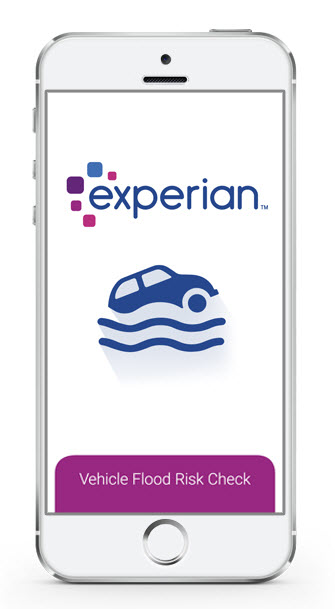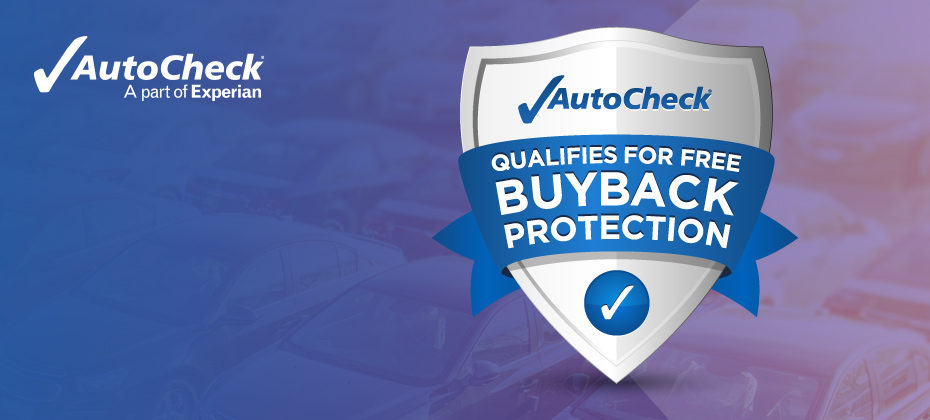Based on statistics from Cox Automotive, Fortune.com estimated one million cars were damaged by Hurricane Harvey, Irma, and Maria. A story on Fox News predicted that 60 percent of those vehicles will be back on the market.
Experian is excited to launch our Vehicle Flood Risk Check App, now available for Android on Google Play and iOS in the Apple Store. This app is available for free as part of our concern and contribution to make a concerted effort to help identify potential flood risk vehicles.
“The number of flooded vehicles pouring back into the market is extremely problematic. Experian is thrilled to develop this new app to help mitigate against the risks the industry and consumers are facing,” said Yen Sullivan, Director of Product Management. “…with this easy-to-use mobile solution, clients and consumers can get instant answers by simply scanning in a VIN without having to write it down and running back to the computer to check. Our goal was to help address the current pain points by making this entirely free also.”
The Vehicle Flood Risk Check App has two ways to help our clients and consumers mitigate against the risk of unknowingly purchasing hurricane-related flood-damaged vehicles.
First, users can quickly scan or enter a VIN to immediately identify if a vehicle has any flood damage, brands, or hurricane-related events that were reported to Experian. Second, get an additional layer of protection with a FEMA advisory. This advisory lets users know whether a specific vehicle was registered or titled in a city that was declared a major disaster area by the Federal Emergency Management Agency.
Not only can users have access to our superior flood data from all fifty-one U.S. jurisdictions, National Insurance Crime Bureau (NICB), and other flood data sources, they also have exclusive access to our daily auction flood damage information from the two largest U.S. auction houses. This is extremely important because once insurance companies declare these vehicles to be a total loss, they are moved in mass to the auctions, making them the earliest places to capture any flood damage. From a previous hurricane Katrina and Sandy study, flood or flood-related titles do not show up until at the earliest 30-days after the natural disaster, but most are 60-days after. Thus, without the additional transparency from the auctions, these vehicles will be unknowingly purchased.
The second indicator, the FEMA Advisory, has proven in the past to be extremely crucial. An Experian study proved that nearly 45 percent of branded vehicles damaged during Katrina that were moved to other states the following year, lost their storm-related brands. By identifying that these vehicles were registered in FEMA major disaster areas, buyers can be more aware and may opt to get these vehicles inspected to be fully protected against flood vehicles that may not yet carry flood-related title brands due to a lag time or were title-washed.
Please download the Android app on Google Play or the iOS version in the Apple Store.




